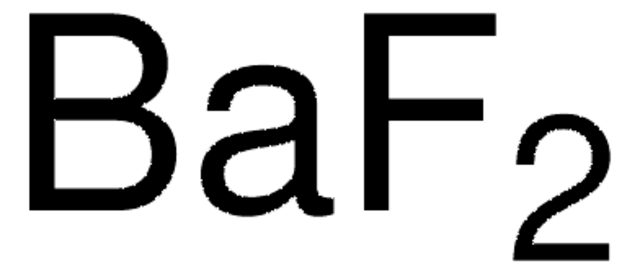202851
Boric anhydride
99.999% trace metals basis
Synonyme(s) :
Boron trioxide
About This Item
Produits recommandés
Densité de vapeur
>1 (vs air)
Pureté
99.999% trace metals basis
Forme
crystals or chunks
Pertinence de la réaction
reagent type: catalyst
core: boron
Pf
450 °C (lit.)
Solubilité
ethanol: soluble at 20 °C
Densité
2.46 g/mL at 25 °C (lit.)
Chaîne SMILES
O=BOB=O
InChI
1S/B2O3/c3-1-5-2-4
Clé InChI
JKWMSGQKBLHBQQ-UHFFFAOYSA-N
Vous recherchez des produits similaires ? Visite Guide de comparaison des produits
Catégories apparentées
Description générale
Application
Conditionnement
Mention d'avertissement
Danger
Mentions de danger
Conseils de prudence
Classification des risques
Repr. 1B
Code de la classe de stockage
6.1D - Non-combustible acute toxic Cat.3 / toxic hazardous materials or hazardous materials causing chronic effects
Classe de danger pour l'eau (WGK)
WGK 1
Point d'éclair (°F)
Not applicable
Point d'éclair (°C)
Not applicable
Équipement de protection individuelle
dust mask type N95 (US), Eyeshields, Gloves
Certificats d'analyse (COA)
Recherchez un Certificats d'analyse (COA) en saisissant le numéro de lot du produit. Les numéros de lot figurent sur l'étiquette du produit après les mots "Lot" ou "Batch".
Déjà en possession de ce produit ?
Retrouvez la documentation relative aux produits que vous avez récemment achetés dans la Bibliothèque de documents.
Les clients ont également consulté
Notre équipe de scientifiques dispose d'une expérience dans tous les secteurs de la recherche, notamment en sciences de la vie, science des matériaux, synthèse chimique, chromatographie, analyse et dans de nombreux autres domaines..
Contacter notre Service technique













